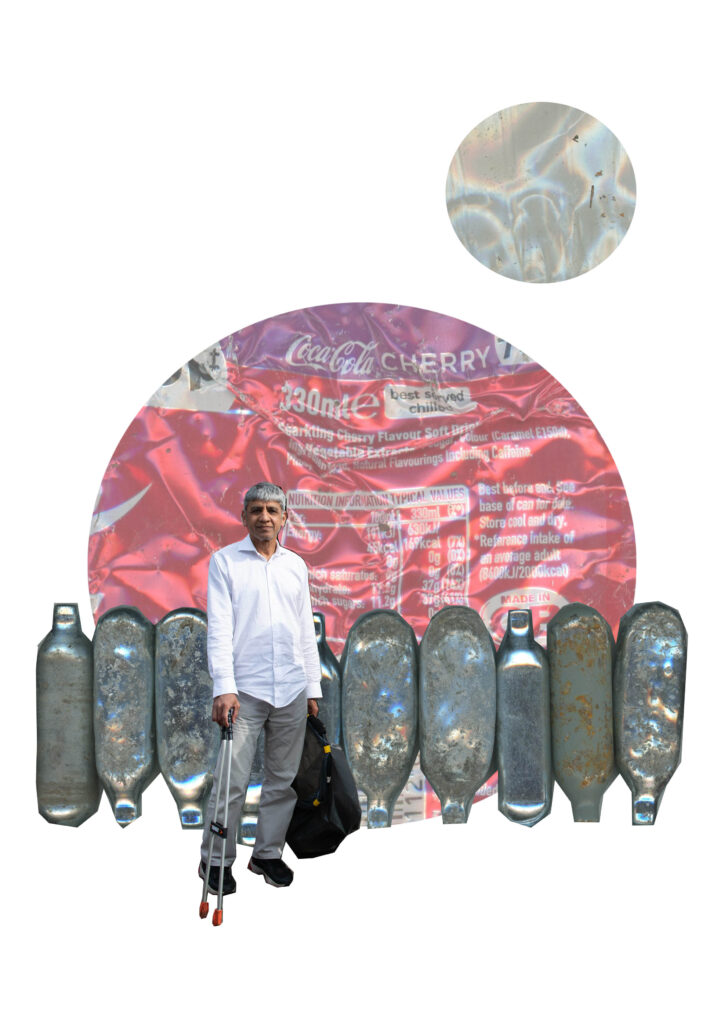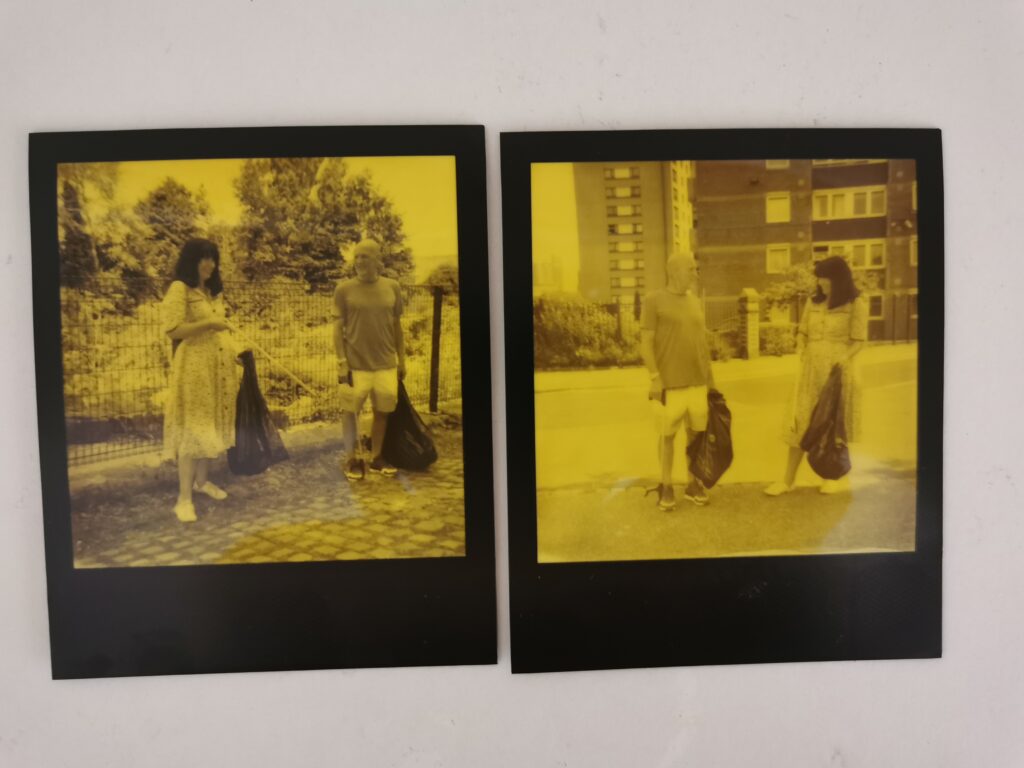A few more lockdown book participants have reflected on the past year for me… see the full set over here.
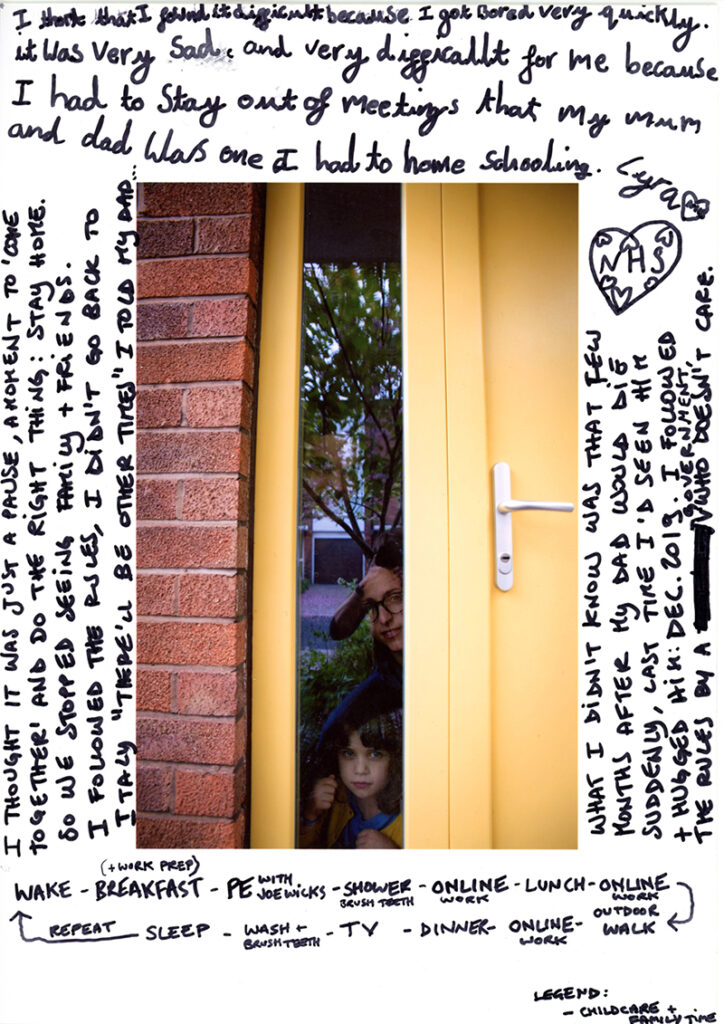
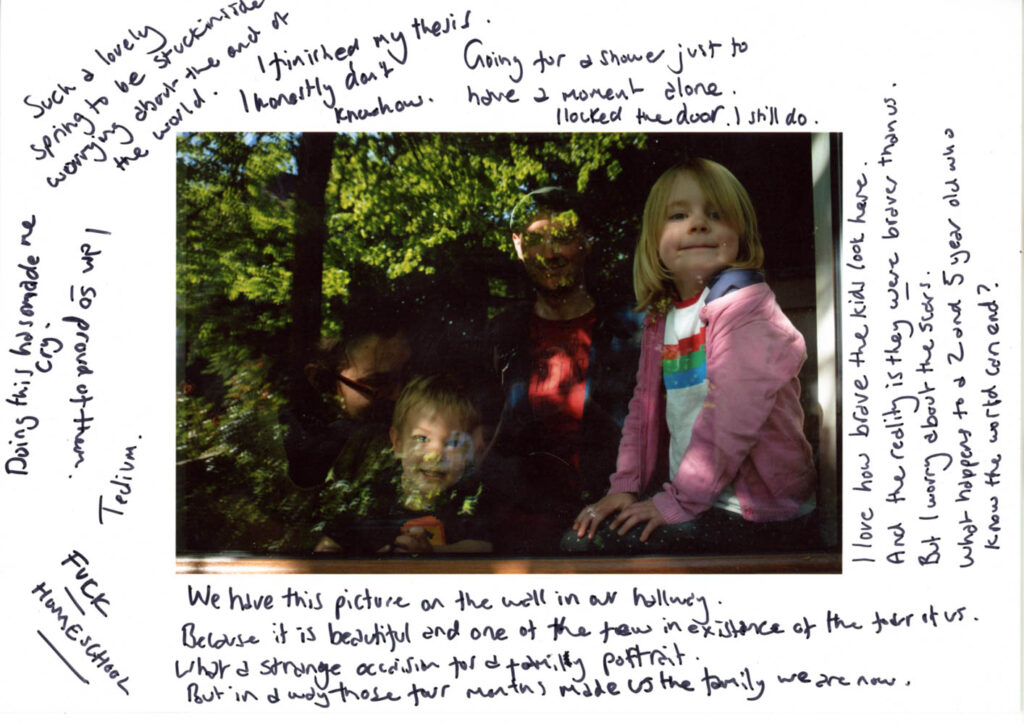
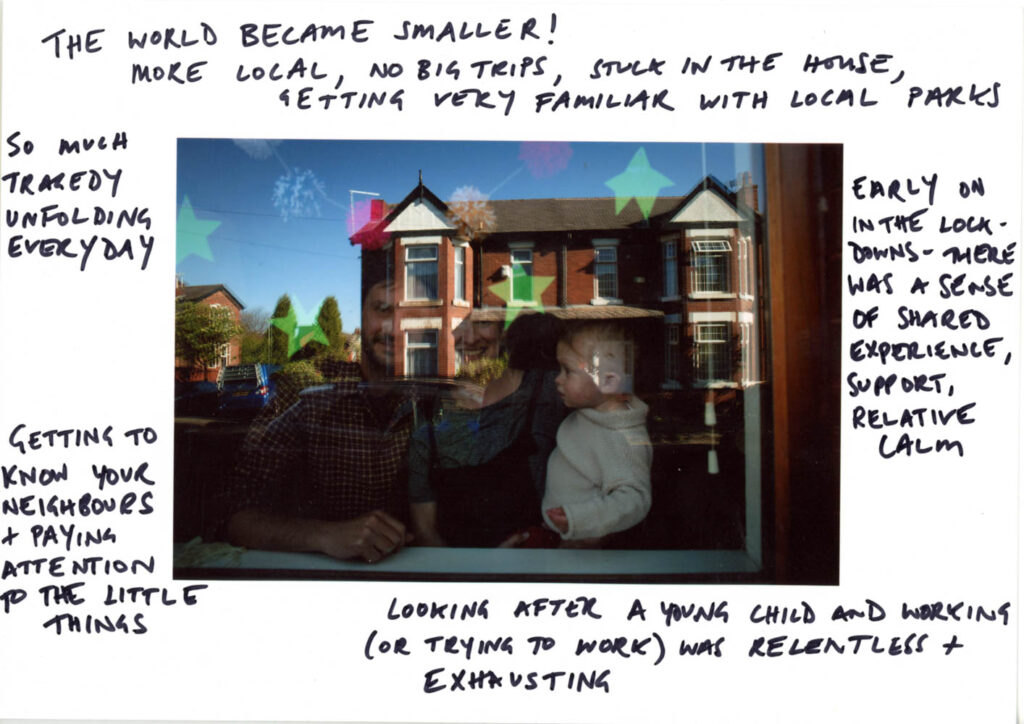
A few more lockdown book participants have reflected on the past year for me… see the full set over here.



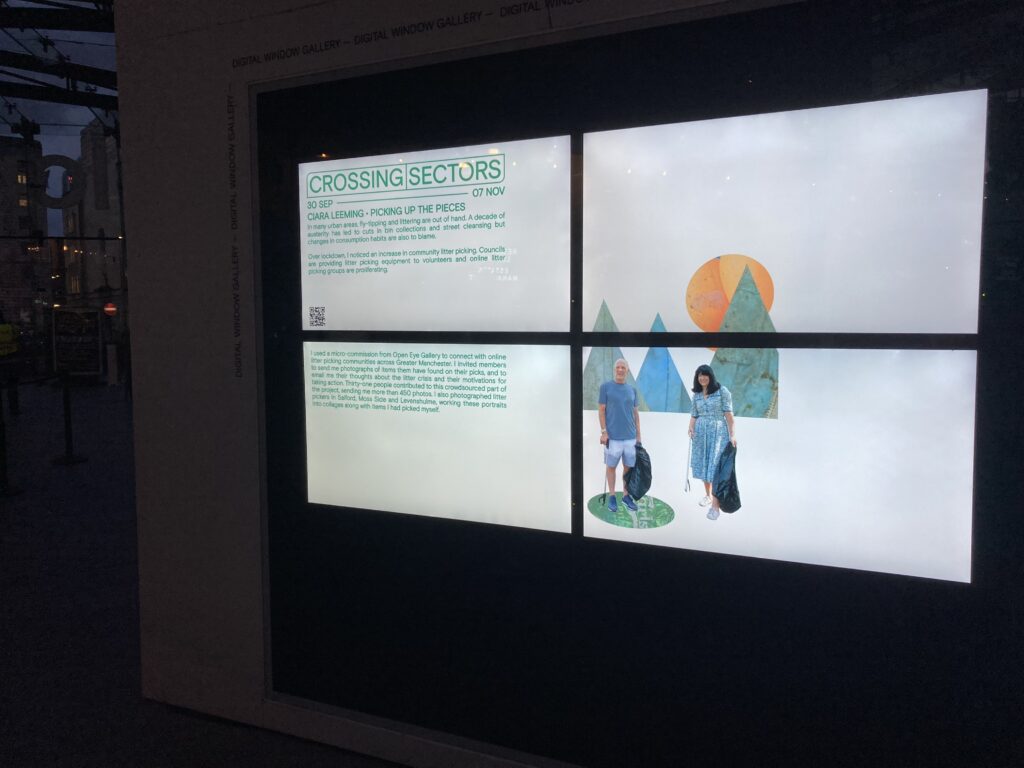
Yesterday some participants from the Crossing Sectors programme at Open Eye Gallery got together in person for the first time – a year after we first got to know each other. Unfortunately I couldn’t join them as I had a Making of Us session, but I’ve been kindly sent some photos of my litter work which is currently on display in the gallery’s digital window. Exciting.

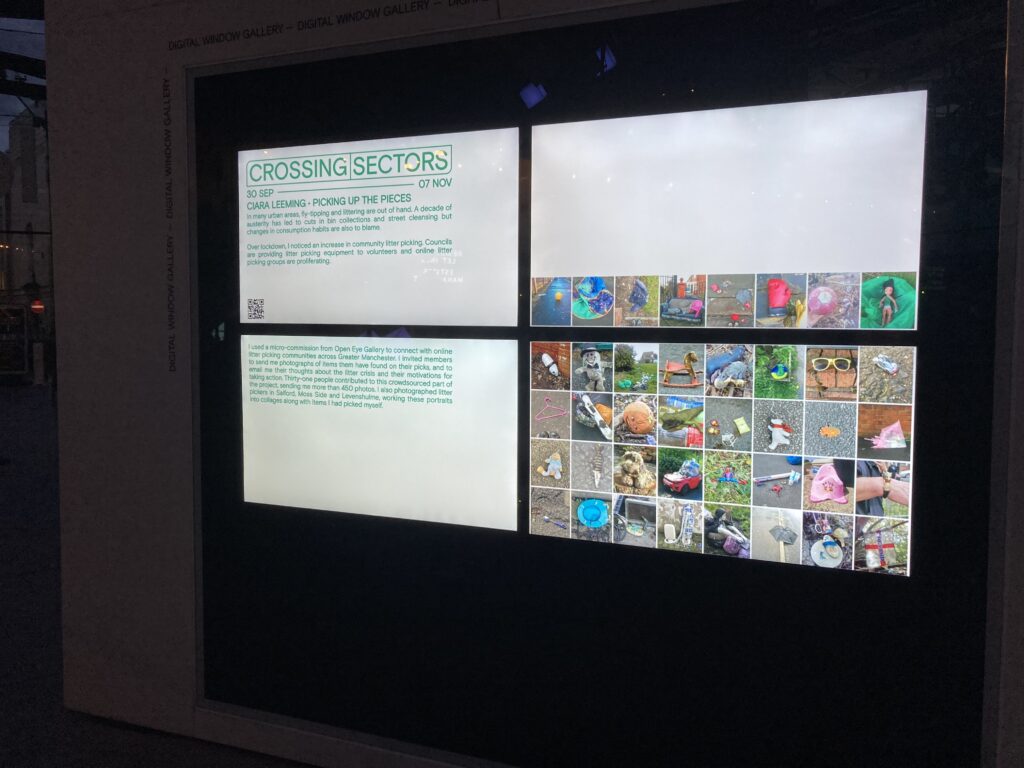
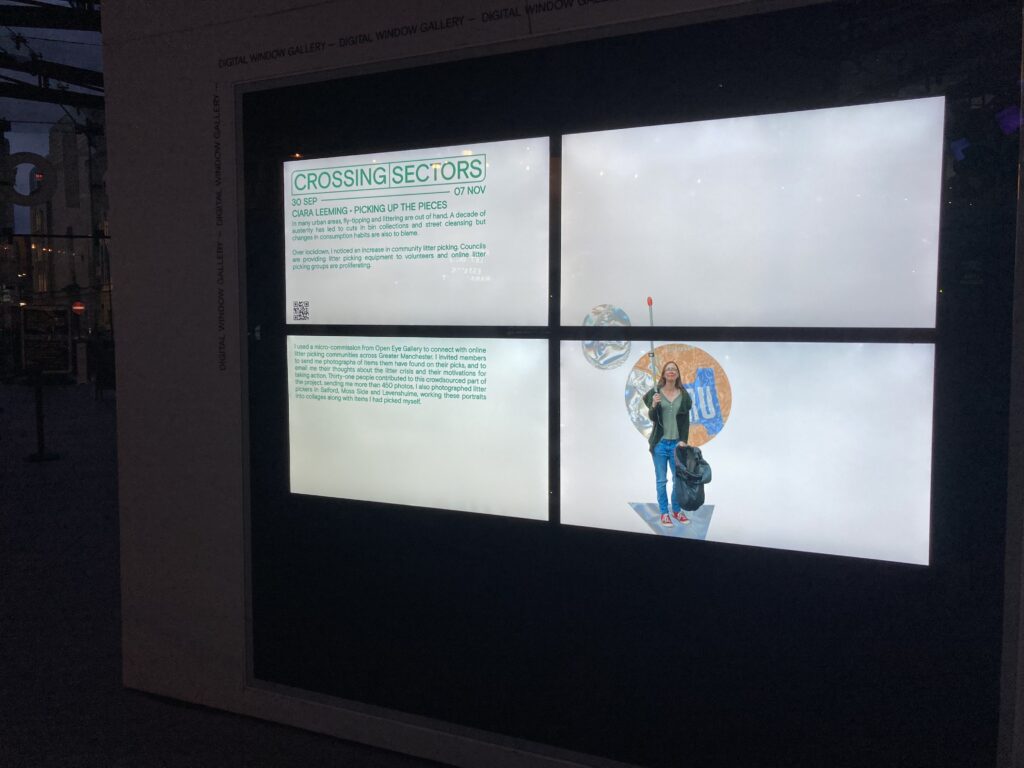
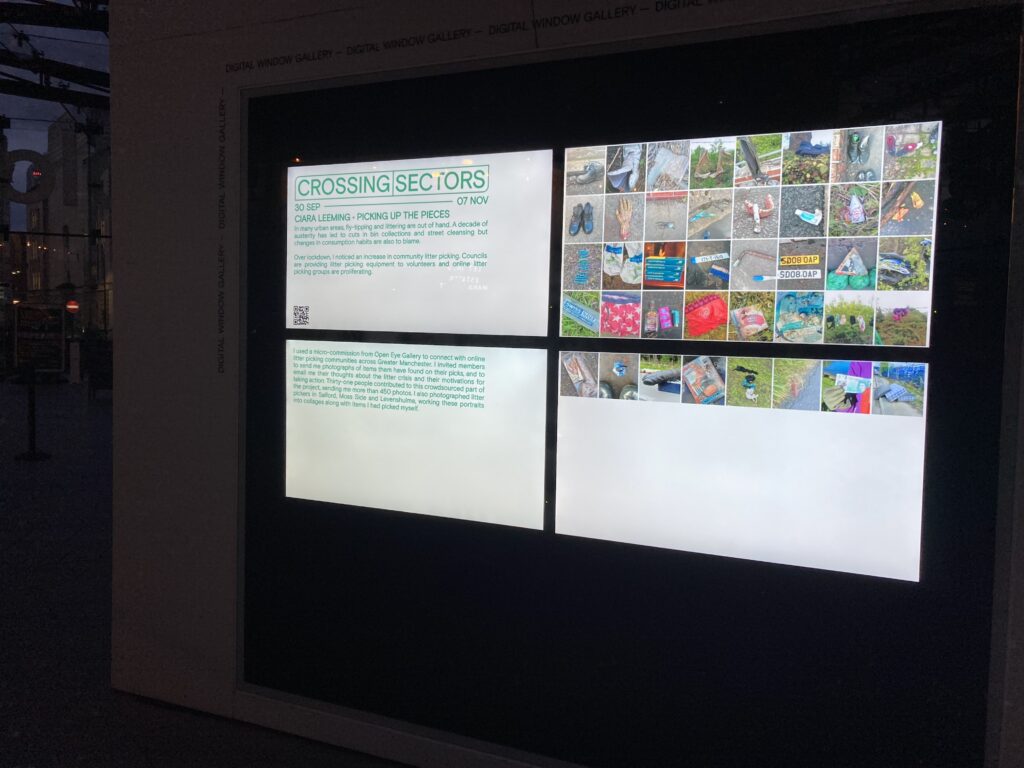
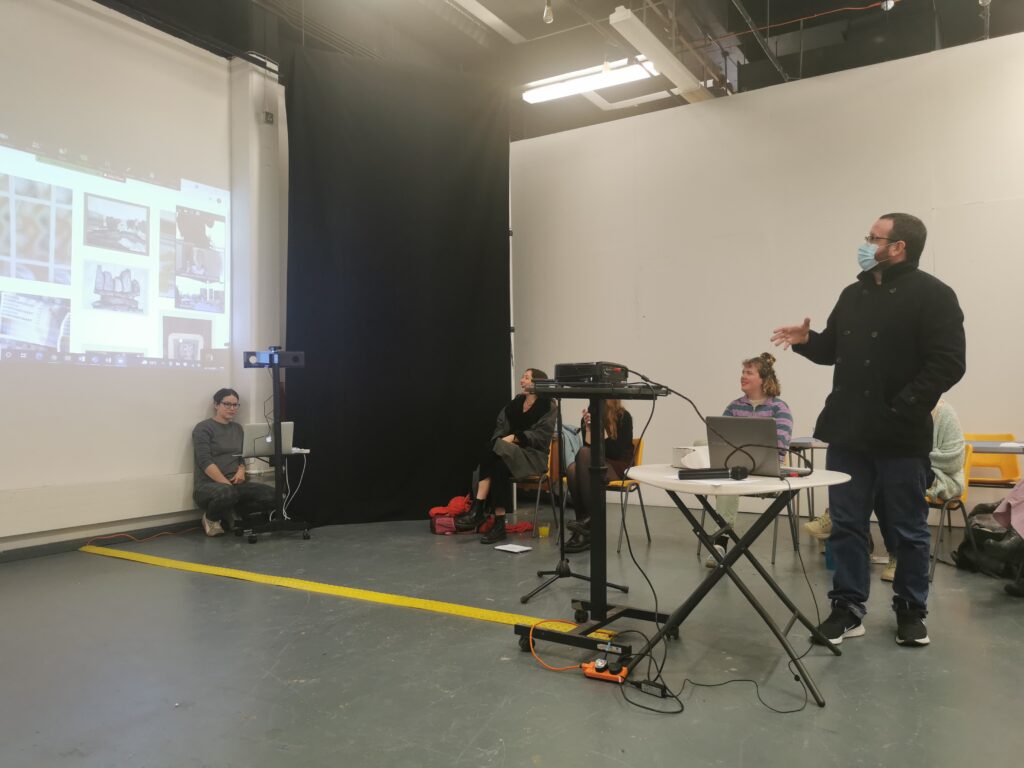
This week was the 4th CPD session at the Turnpike and focused on the roles of artists and producers, relationship building and project planning. We also got a chance to share some of our own work with one another. The session was fairly gentle but as per usual there was a lot of food for thought.
I’ve always been quite sketchy on what a creative producer actually does – in fact I think I only heard the term for the first time earlier this year, so it was useful to hear from people who have worked in that role, including a few fellow participants on the Making of Us programme. When artists get to a certain status or work on projects that are larger in scale, there is a producer who can help with funding applications, research, practical things like scheduling and sorting snacks and managing budgets. In some ways this sounds good – many of these things are frankly a bit of a grind. But at the same time I quite like being the person in control so that could be strange. The engagement and research phases are things I am particularly wedded to – I like to represent myself. The takeaway from this part of the session was the importance of good clear communication throughout any project – it was interesting to hear examples of when relationships went wrong, which often seemed to be because of poor communication or crossed wires and people not really being collaborative or doing their own thing.
The other rather obvious (but still, for me, a lightbulb moment) piece of advice which I took away was the vital importance of reading contracts and artistic agreements really well and challenging them if unhappy with any clauses. I have to admit I’ve not really read these documents very well until now, I’ve looked at the section on photo rights and that’s about it. This is a bad habit which I need to stop. I’ll be making sure I read them properly from now 0n – again I heard examples of where the wording wasn’t good for either party but because the contracts were cut and paste documents they were still in there. Yet again it all comes down to communication. A key lesson to take forward.
As part of the Making of Us we have been paired up with another participant artist and allocated an institutional partner where we will be delivering a series of workshops with young people, over the coming months. That’s going to be the focus now going forward. It’s all pretty exciting.
A year into the pandemic, I invited a number of people who I’d photographed for Levy Lockdown Portraits to reflect on their experiences of the past 12 months. Here is what they wrote:
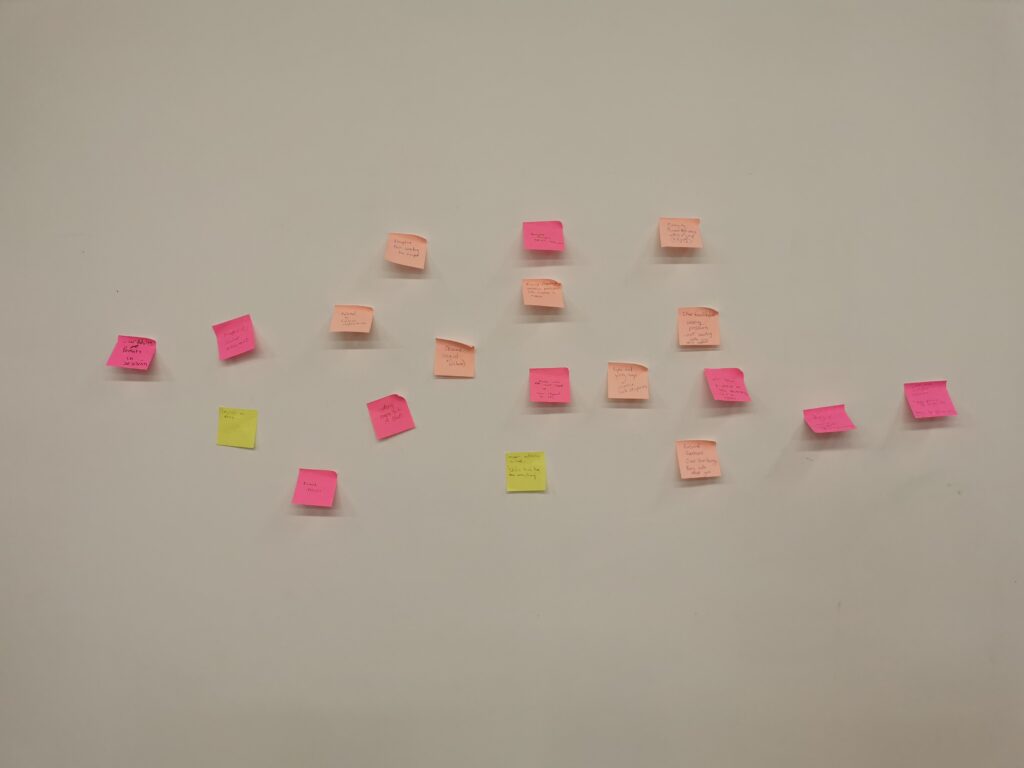
Yesterday’s third session of the Making of Us was another thought-provoking one. The highlight was a few hours spent with Simon Ruding, director of TIPP, which started life as a participatory theatre organisation but now works across the arts. Most of their participants have lived experience of the criminal justice system or engage in behaviour which puts them at risk of criminalisation. They work in prisons and with probation teams, in youth justice settings and the like. Early on, Simon commented that when he hears groups being described as being “unreachable” he becomes determined to put the work in and engage with them. This resonated with me, as I’m similarly attracted to working in this space.
Simon’s session was focused on dealing with challenging behaviours, but what he did was help us look at the issue from a different perspective. Namely trying to recognise that participant behaviour which we may struggle with is coming from a logical place when viewed from their perspective. What I came away with is the need for radical acceptance of whatever those people are experiencing and the fact that the only factor we can change within this situation is our own response to whatever they do or say. “Changing the schema” as Simon put it (ie the pattern or expected response). It’s going to come down to developing a thick skin and developing some techniques and approaches which may help in tense or challenging situations.
The CPD sessions that we’re currently taking part of are building up to the 10 participant artists being put in pairs to plan and run a series of co-designed workshops. These will involve participants who are young adults with additional needs of various kinds, and will be run with partner organisations.
I have some anxiety around the idea of facilitating workshops but actually I realised in yesterday’s session that this is very much tied to my rather controlling nature and leaving things to chance and depending on other people – plus the fear of the unknown. I think a lot of my personal anxiety comes from my own insecurities about my right to be in this space and to even call myself an artist (this is something I’ve been thinking about a lot lately – I have a lot of baggage around that word because I’m untrained). But I know intellectually that this really makes very little sense – I’ve talked about my own work a lot and am very confident doing so in public. What was reassuring in a perverse way was that many of my concerns are shared by other participants – including those who already do some facilitation. Even Simon said he still has some anxieties around running sessions, despite having done it for 25 years.
I need to give this more thought so I can process some of these feelings and try to unpick them further…..
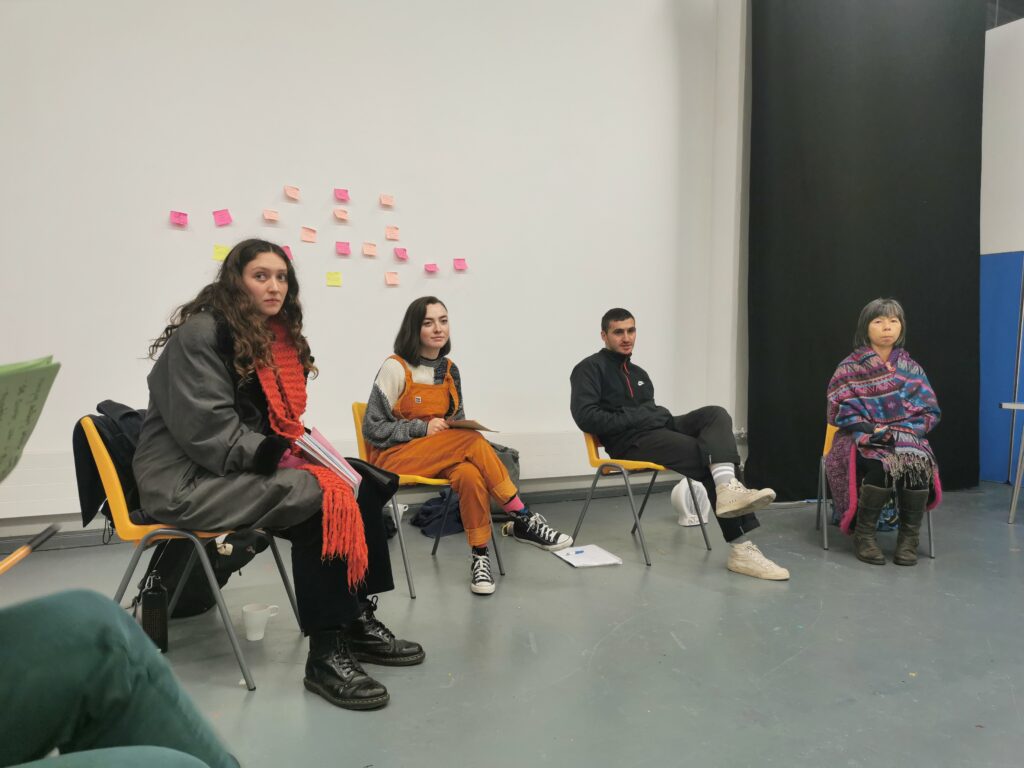
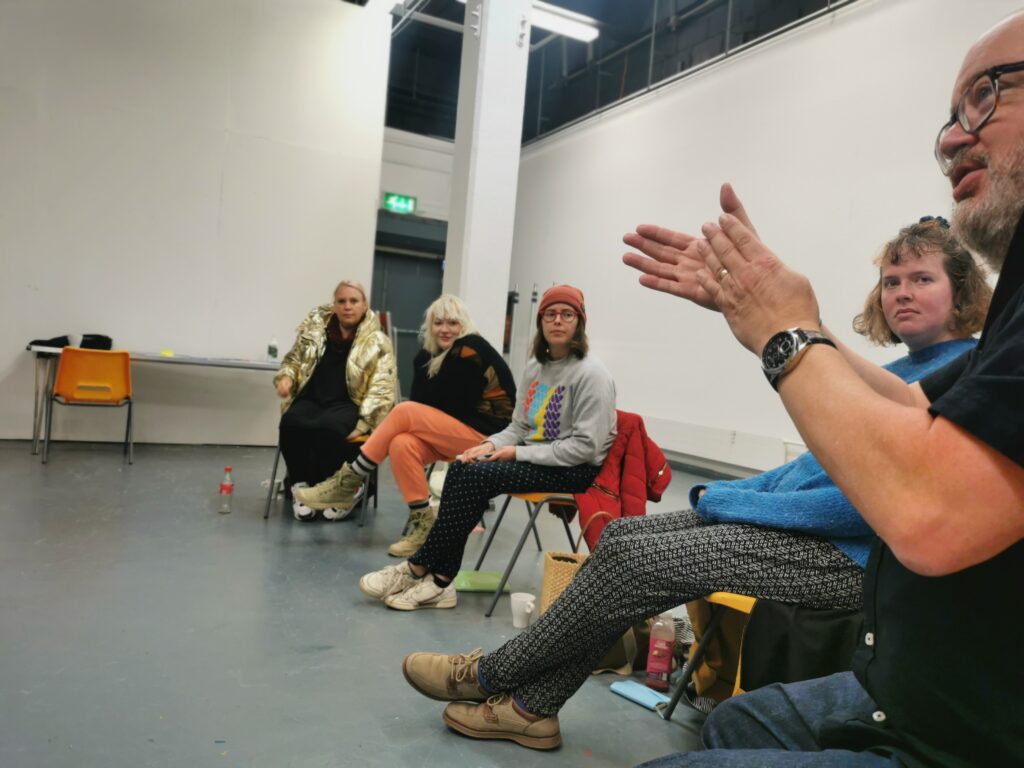
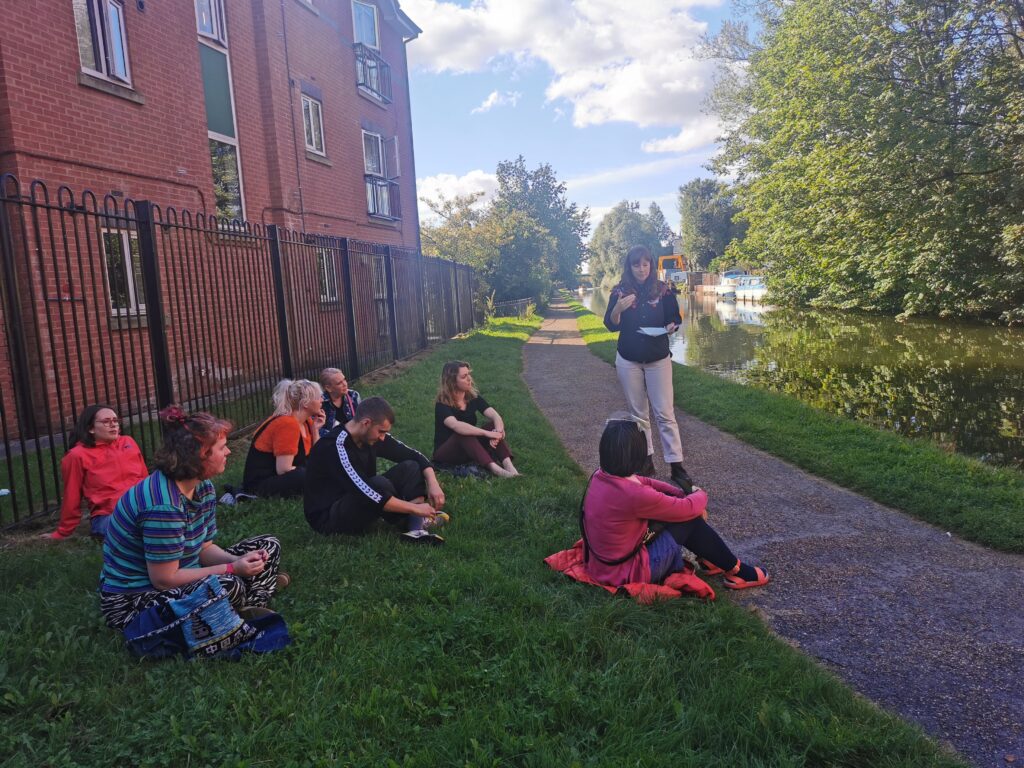
Yesterday was the second session of the Making of Us, a professional development programme I’m currently part of at the Turnpike in Leigh, along with eight other artists from different backgrounds. The day involved making bread and taking part in a walk along the canal with artist Niki Colclough, which was rather lovely.
We’ve been thinking about collaboration, our experiences of it and the different forms it can take – with partner organisations, other artists and of course project participants. It’s been interesting talking to people who have come from different disciplines – the group includes a poet, a ceramicist, someone who uses 3D printing and several who have a very interdisciplinary practice.
My own experience of collaboration is a bit mixed. As a freelancer for 15 years now I’ve become a lone wolf on a professional level – I tend to work on self-generated and self-funded photo and multimedia projects in which I do everything: the research, finding of participants, engagement, photography, interviews, audio, multimedia production, book/zine design and dissemination. I am good at a few of these things, adequate at others and really poor at some (dissemination and marketing in particular!) I don’t think the lone wolf model is one to aspire to – but it suits a control freak like me, especially one with such limited funding for work.
I have limited experience at collaborating with institutions (outside of commissioning editors from magazines etc). This is starting to change a little this year, thanks to a few micro commissions – and will hopefully continue to do so. I have never collaborated with another artist so that is all wonderfully new for me.
However, I do feel I have something to contribute when it comes to experience collaborating with project participants. Not in a formalised workshop setting but in a more organic sense. When I worked with Roma families in 2011-2014, I was quite conscious about making the work as collaborative as I could as a way to make the power dynamic less glaring (although it still existed of course… after all, there’s no getting away from the fact I’m a white middle-class media professional holding a massive camera). I worked with families for extended periods of time (years); asked participants to take photos of their daily lives; invited them to write or speak about images and family album photos and used photo elicitation as a method to generate texts (ie interviewing with images – more on this here, along with some examples).
They also got to see and approve photos before they were used in books and exhibitions. All the accompanying words were theirs. It wasn’t a perfect project, obviously. But I am confident they felt included and I know they didn’t feel exploited because we are all still in touch. I consider this a socially engaged body of work but this way of working is a spectrum and I was definitely still in the driving seat – the artistic vision and final photos were all mine. I once asked Ramona to come up with an alternative edit of my photos, which was quite different to mine, as you would expect (You can see this over here)
It was a fun experiment but I wasn’t ready to cede that kind of power – I was (and still am) in thrall to the idea of making aesthetically pleasing photos and to a degree to the ego-centric stereotype of the documentary photographer – but in a different setting and a different kind of project I would challenge myself to let go of this.
In preparation for yesterday’s session we were asked to read the article Power Up and to make notes. These are the points which leapt out at me in the reading and session itself:
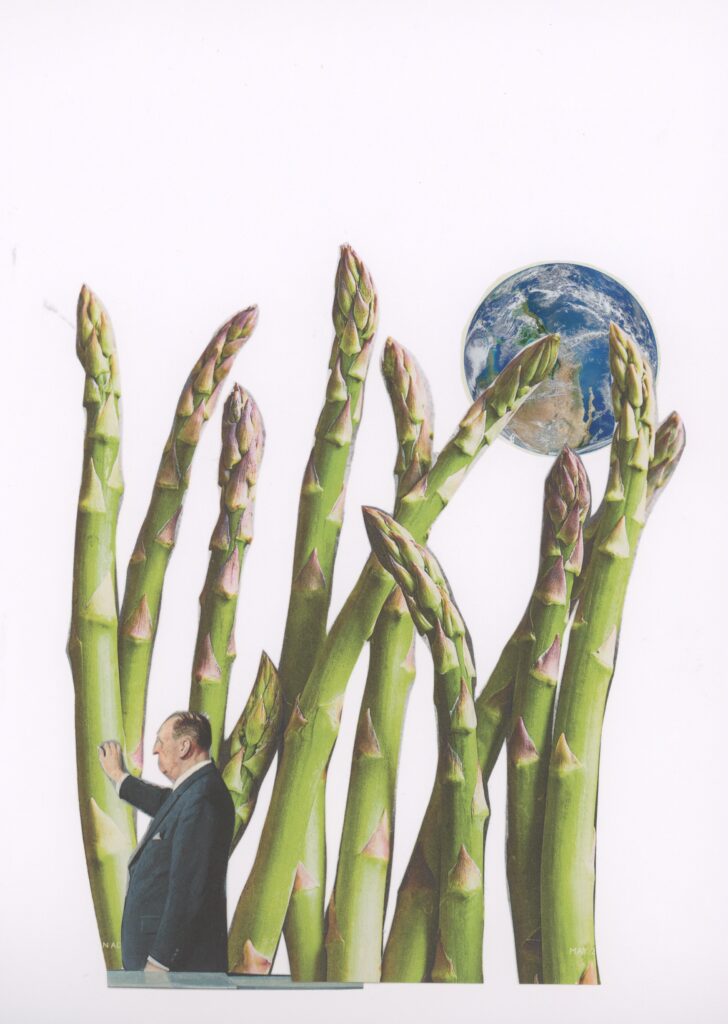
School returned last week, which means I’ve had more breathing space over recent days than I’ve had in months. For me too, it feels like a new beginning. This year, amid the chaos of Covid, home-school and grief, I’ve realised a few things. I’ve felt my identity shifting somewhat and have come to terms with the fact that my professional aspirations have changed.
I’ve been a journalist since 2004. Throughout that time it’s been a huge part of my identity, with an unhealthy level of my self-esteem and self-worth wrapped up within it. I think it’s that kind of job to be honest. That’s something I realised for the first time when I took maternity leave – that I wasn’t sure who I was once that part of me was stripped away.
I’ve had two parallel parts of my career since about 2008, when I started taking photos quite seriously and working on personal projects about the kinds of issues I already covered as a writer – regeneration, migration and so on. The more creative part was something mainly for me to be honest, I never really tried to get any of it published in the traditional sense and was quite happy making the work and putting it out there independently. The bit I enjoy most has always been the research: finding people, earning their trust, asking questions and making photos.
I think I expected to always carry on in the same way – writing for the likes of Big Issue North and working on independent projects, albeit hopefully with some grants to help me financially. But I think the pandemic and everything else which has happened in the past 18 months have had an impact on me. I realised I needed to do something different – that I was bored. I’m not bored with the subject matter or the people I meet – I still love all that. I think I’m just ready for a change – I’ve been working in the same way for the same clients since I went freelance in 2006, which is quite a long time. Even thinking about working up and pitching a story gives me an exhaustion headache at this point. It’s a physical feeling.
Even writing this feels a little dangerous… what if I change my mind?! Well, I’m not saying I’ll never take freelance journalism commissions again, I’m just taking a break for the time being. But arguably, I’m not going to be doing anything hugely different than before, just coming at it from a new perspective and with a new, more community-focused approach.
Earlier this year I was part of Crossing Sectors, a professional development programme for artists run by Open Eye Gallery which aimed to help us work in a more socially engaged way. This was like a breath of fresh air for me – if I hadn’t admitted to myself that I was sick of being a freelance journalist at the start, I was by the end. This programme informed the way I put together Levy Lockdown Project – a community effort to document the pandemic and the way it has shaped our lives – and I then went on to receive a micro-commission from Open Eye, which allowed me to use participatory methods to examine the issue of litter. I put in what I considered quite a mad proposal – which would see me make collages using litter – and didn’t expect to be selected. Not long after I was also offered a tailor-made residency as part of a big Historic England project I’d applied for, despite being almost certain I was unqualified. I would never have imagined to have this kind of run of luck at the start of the year, when I was feeling quite demotivated and fed up. Even a recent unsuccessful Arts Council Develop Your Creative Practice application has failed to bring me down.
One of the most exciting things I’m part of at the moment is called the Making of Us, which is another artist development programme, running from the Turnpike in Leigh. For me this feels as if it will build on what I learned with Open Eye. Over the coming months I will be part of a multidisciplinary group of artists who will work together on becoming better socially engaged practitioners and then be paired with organisations to develop a programme which we will deliver to groups of service users. The idea is that what we do is responsive and as socially engaged as possible – rather than us coming in with eight pre-prepared workshops at the start of the programme, we will reflect on their interests and needs and try to work with them to deliver something which works for us all. Workshops are definitely something I am a bit nervous about so this kind of handholding is exactly what I need, and it’s all very exciting. I haven’t felt this enthused for ages – which confirms for me that I have definitely been in a rut and in need of a change.
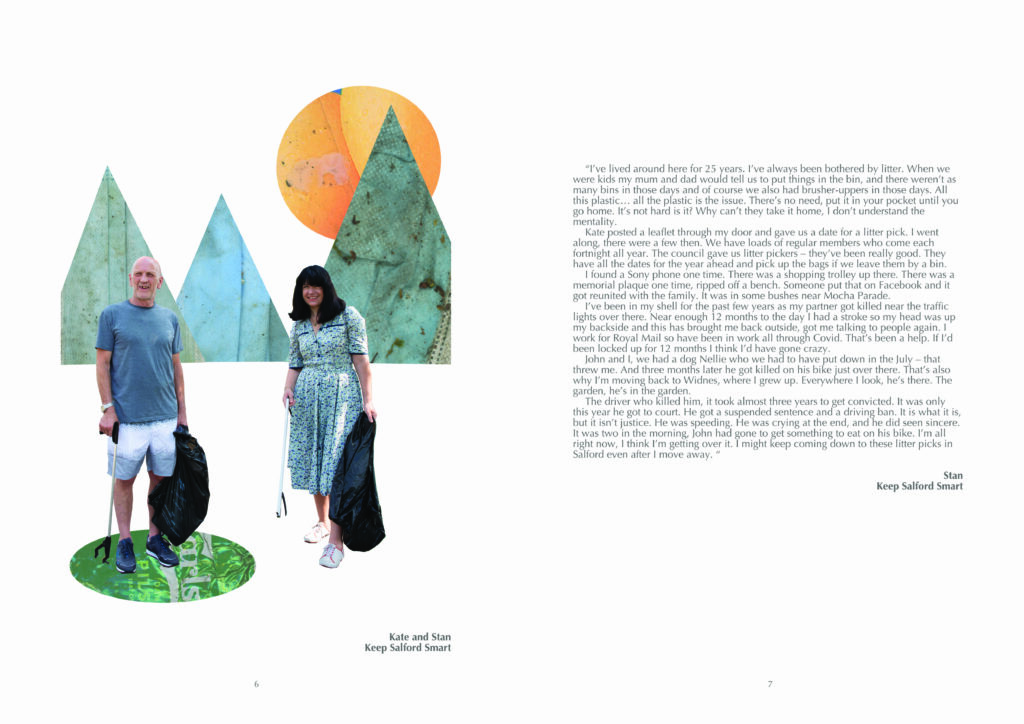
I can finally say I’m finished with my environmental micro-commission for Open Eye Gallery in Liverpool – which has seen me take a socially engaged look at the issue of litter (and celebrate the growing army of volunteer litter pickers who are trying to make a difference).
More than 30 people sent me their photos and/or thoughts about this problem, which was amazing. And in addition to that I tagged along with three litter picks in different areas of Manchester, and photographed the volunteers – going on to turn the images into collages.
I’m really grateful to have been given this opportunity by Open Eye Gallery – basically it bought me some time to have a little play, take risks and to develop a socially engaged way of working that little bit more.
Because there are a few different strands to this project I’ve chosen to present it in a little document. You can see it in gallery over here or download the whole thing in higher resolution using this link. Thank you to all the people who contributed their thoughts and images.
There will a little online event in early September where I get to talk about the process a little bit, along with fellow photographer Marge Bradshaw, who was also given a microcommission. Learn more about this here and please come along.
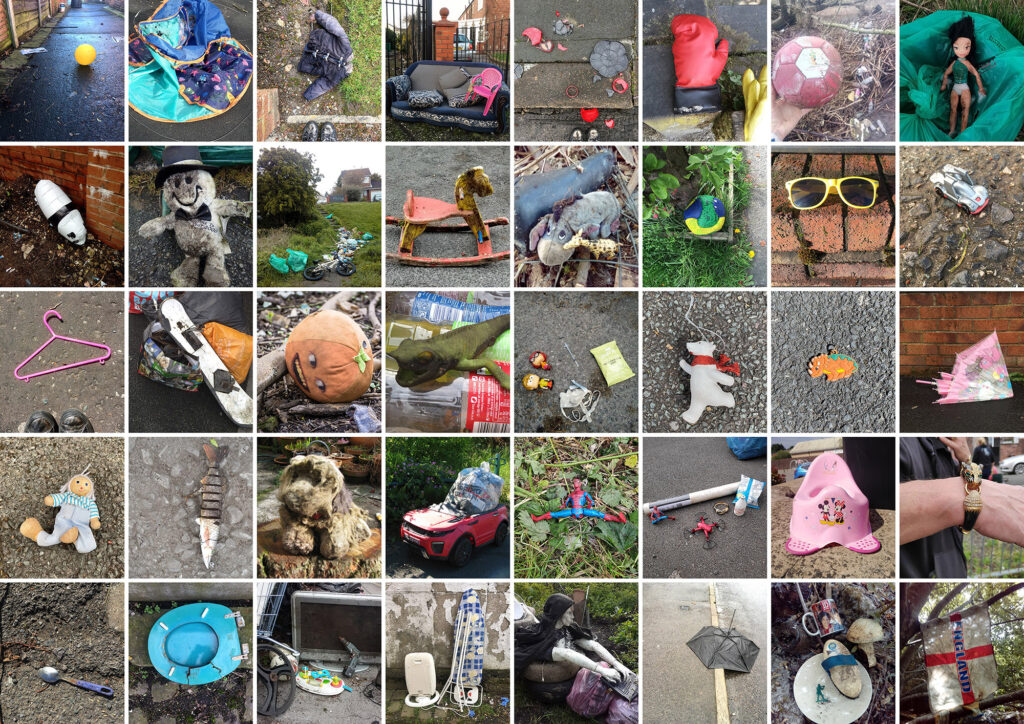
Last time I posted I shared a collage from my Open Eye Gallery micro-commision on litter. From that point on I felt as though I’d found my groove with the collage element of this project. I’ve gone on to make several more of these – I now have eight in total. I ended up resorting to digital collage for these – chopping up bits of my litter scans in Photoshop and piecing these back together in a rather minimalist style with cut out portraits I’ve taken of litter pickers. Now I need to find a way to hang this part of the work together with the crowdsourced content (images and quotes) in a way which makes visual and narrative sense. For now though, here are some collages:
The experiments continue… Last Thursday and Saturday I photographed three separate groups of litter pickers, in Salford, Moss Side and Levenshulme, a total of 17 people. That’s way more than I intended, as I hoped for maybe six people in total, but it gives me more choice.
I photographed them using my normal camera but also using a strange yellow polaroid film, which left me feeling like I was wearing old fashioned swimming goggles. I just used that to see how it came out to be honest. This evening I’ve started playing with using these in collages. I only have one so far, but I quite like it. I don’t know when I’ll feel I’m ‘there’ with the work – it all feels incredibly bitty but I guess that’s the point with an R&D bursary type project….
